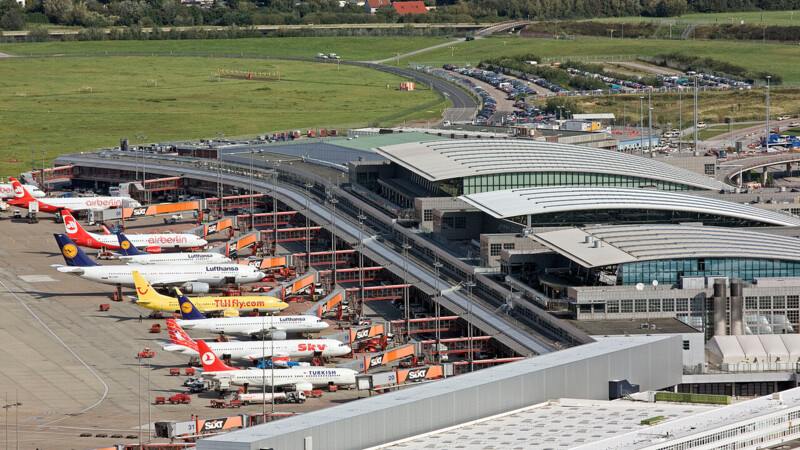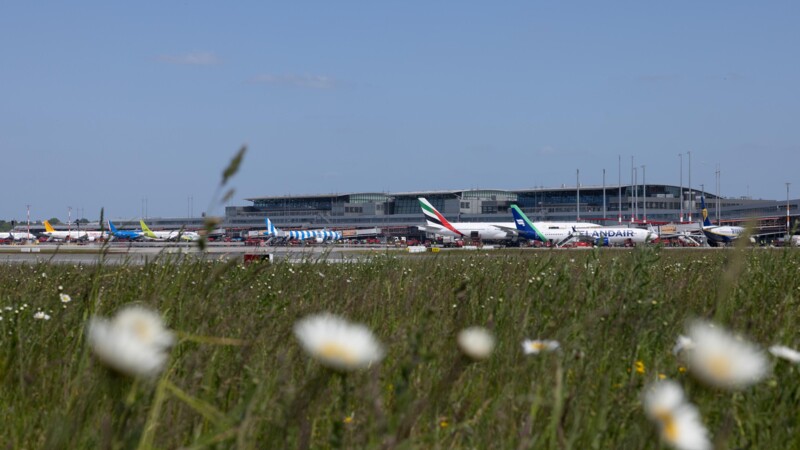"Establishing a ZEDC for fibre composites in Germany will provide a boost to our research and development presence in the country and ensures that from the outset some of the best experts in supporting our decarbonisation ambitions will be engaged," Airbus Chief Technical Officer Sabine Klauke says. In addition, the ZEROe Development Center will benefit from the broader ecosystem of fibre composite R&D, such as the Airbus subsidiary Composite Technology Center (CTC GmbH) and the CFK Nord in Stade, as well as from other synergies in aerospace and maritime work, Klauke believes.
How can lightweight hydrogen systems be manufactured cost-effectively using fibre composites? This is the primary question that European aerospace company Airbus intends to concentrate on at its new ZEROe Development Center (ZEDC) for hydrogen technologies in the Hamburg Metro Region (Stade). The aim is to push ahead with the development of system technologies using fibre composites for liquid hydrogen.
Broader ecosystem for fibre composite R&D
Airbus plans hydrogen-powered plane by 2035
The technological development will take in production and industrial skills, from one-off manufacture through assembly to testing methods, for the manufacture of liquid hydrogen tanks (LH2) from fibre composite. The tank is to be developed along with other Airbus production sites in Europe. The ZEDC will be backed by publicly funded projects. A link-up with the planned Hydrogen Innovation and Technology Centre (ITZ) in northern Germany will in addition contribute to decarbonising the aviation sector. ZEDC Stade, as part of a network of development centres for zero-emission aviation technologies, will extend the existing work being done by Airbus production sites in Bremen, Nantes, Madrid and Filton (UK), with a view to having a hydrogen-powered aircraft in the air by 2035.
mm/sb/rm
Sources and further information
More
Similar articles

Airbus and airport to co-operate on energy transition

Hamburg and Rotterdam planning hydrogen flight route in 2026

Sustainable Aero Lab and TUM Venture Labs join forces
